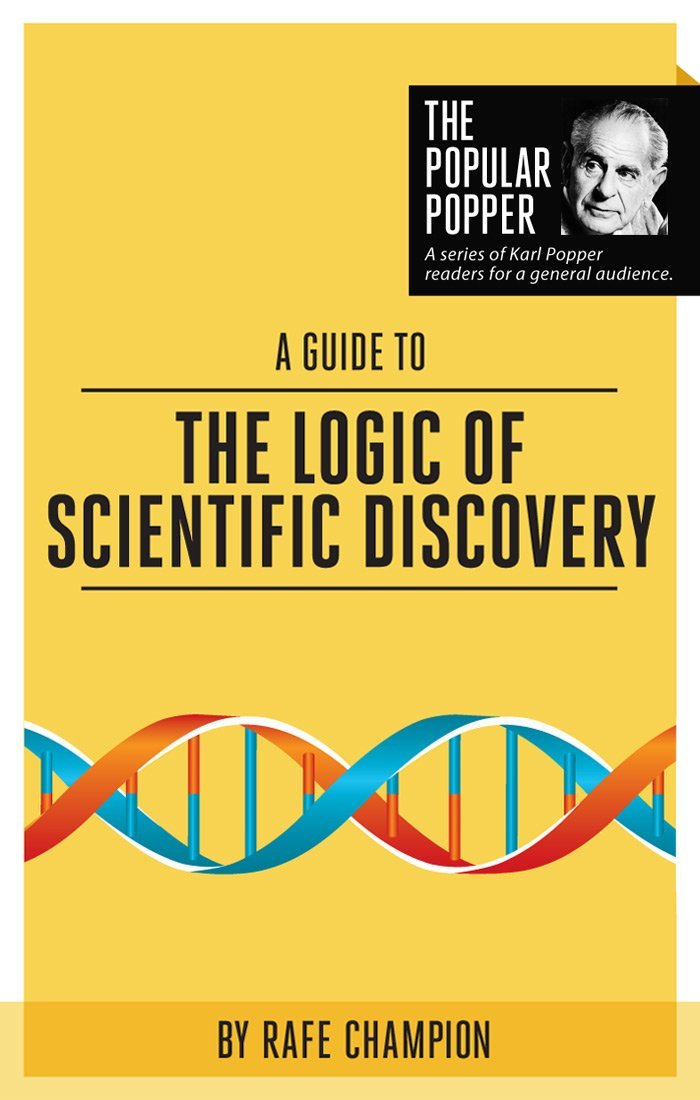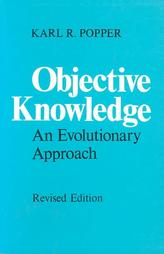The grue emerald problem surely ranks with the Gettier problem as a red herring of the first order, generated by the misguided quest for confirmation, like Hempel’s paradox of the ravens. The paradox of the ravens means that the existence of a non-black non-raven like a white shoe or a green lizard gets to increase the likelihood that all ravens are black.
I raise this because Rosenberg had a couple of pages on this problem immediately before his Popper paragraphs.
Consider the general hypothesis that all emeralds are green (actually I would have thought that was part of the definition of an emerald, you would advance general hypotheses to explain why the optical properties of a certain kind of stone produce a green colour).
Nelson Goodman invented the term ‘grue’ to which means “green at time t and t is before 2100 AD or it is blue at t then t is after 2100 AD“.
The implication is that after 2010 the cloudless sky will be blue or grue and emeralds will be blue as well.
Testing the colour of emeralds we find that all the instances which are green support the theory that they are green up to 2100 and grue (blue) after that date. Rosenberg wrote:
We could restate the problem as one about falsification too. Since every attempt to falsify “All emeralds are green” has failed, it has also failed to falsify “All emeralds are grue”. Both hypotheses have withstood the same battery of scientific tests.
Everyone accepts that this is an absurd outcome but the problem is to explain why. What is wrong with grue? To an outsider it looks like a silly philosophers game. Rosenberg wrote
“For our problem is to show why “All emeralds are grue is not a well-supported law, even though it has the same number of supporting instances as “all emeralds are green”. ”
He advises that this remains an unsolved problem in the theory of confirmation. In the years since 1946 various solutions have been offered but none has triumphed.
“But the inquiry has resulted in a far greater understanding of the dimensions of scientific confirmation than the logical positivists or their empiricist predecessors [did he mean successors?] recognized. One thing all philosophers of science agree on is that the new riddle shows how complicated the notion of confirmation turns out to be, even in the simple case s of generalizations about things we can observe” (120)
It is very fortunate that scientists can get along without a working theory of confirmation! Maybe they don’t even need one!!
Well here is my contribution: “Emeralds are green” is not a law, it is an empirical regularity based on the laws of optics and the crystal structure of emeralds. Similarly it is not a law that the sun rises in the morning and sets in the evening, that is a regularity that we observe over most of the earth (but not all) due to the laws of mechanics and the structure of the solar system.
The laws of scientific interest in relation to the colour of jewels are the laws of optics. Speculation about grueness amount to a conjecture that the laws of optics (or the structure of emeralds) will change at 2100. A conjecture about something that happens after 2100 cannot be tested before 2100. So if we care about grueness, without having any scientific reason to be interested, we will just have to wait until 2100 and see what happens.
I think Bartley made the point that theories are interesting in relation to the problems that they solve. Speculation about grue emeralds was never related to any problem of scientific interest. So what was the point? What is the point of confirmation? We can live with conjectural knowledge provided it is tested well enough for engineering purposes and as long as people come up with better theories from time to time so we know we are making progress. That looks ok to me.







We have two theories …
(a) All X are Y.
(b) All X are Z (which means: All X are Y until 2100, then All X are V.).
If we can eliminate (a) via criticism, we’ll also by default eliminate (b). So we stand to gain more by criticizing and testing (a). So, as far as choosing between (a) or (b), the focus of interest should be on (a).
Of course, I agree, if neither is relevant to any problem, why bother?
The only way to make (b) more interesting would be to offer a strictly universal explanation from which it can be derived. If this is offered we’ll call this (c). (c) may or may not conflict with (a). If it conflicts, then we can test for either (a) or (c). If there is no conflict, and both theories are testable, then which theory should we focus on? Again, it depends on what problems we are currently working on.
There is simply no problem here, nor is there any paradox — at least as far as I can see.
I guess one could try to reformulate the problem such that some practical action depended on our choosing between (a) and (b). Maybe we’re planning for an expensive wedding involving gems, and we need some color coordination. As it happens, the predicted date of change into grue is the same day as the wedding. Here we have to be more careful with our arguments, but given that (a) can be tested, and presuming we’ve done some of this, why not prefer (a) to (b) for now? After all we’ve never tested (b) — and by the time we can test (b), it will no longer matter.
This sounds at least a bit more like a capitulation to induction — but I don’t think it is. This is merely an institutional preference reflecting our choice for testable theories over non-testable theories *and* for testing over non-testing. If testing is a good idea, then shouldn’t we prefer tested theories over non-tested theories — presuming all else is equal?